Note: This book was WINNER of the Tasmanian Book Prize of 2011, WINNER of the London Observer’s Book of the Year Prize in 2009, WINNER of the 2009 Queensland Premier’s Literary Award for Fiction, and WINNER of the 2008 Western Australia Premier’s Literary Award for Fiction.
“The mark of wisdom and civilization was the capacity to conquer desire, to deny it and crush it. Otherwise, one was no better than …the convict, the Esquimau, the savage: all [were] enslaved not by the bone around their brain…but by their passions.”
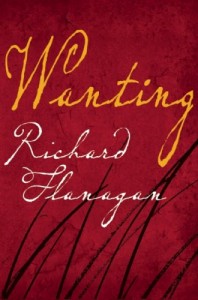 Winner of an extraordinary number of literary prizes in Tasmania, Australia, and England, Wanting by Tasmanian author Richard Flanagan emphasizes, by its ambiguous title, two of the most contradictory characteristics of Queen Victoria’s reign—the “wanting,” or desire, to conquer other lands and bring “civilization” to them, and the “want,” or lack, of empathy and respect for the people and cultures which they deliberately destroy in the process. The same contradictory characteristics are also reflected in the personal relationships of the socially prominent men and women of the era, some of whom we meet here. Lust, desire, or physical “wanting” are feelings to be overcome because they are “uncivilized,” but men routinely indulge their passions with those far “beneath” them – servants, prostitutes, native women – people considered outside the limits of educated and wise society.
Winner of an extraordinary number of literary prizes in Tasmania, Australia, and England, Wanting by Tasmanian author Richard Flanagan emphasizes, by its ambiguous title, two of the most contradictory characteristics of Queen Victoria’s reign—the “wanting,” or desire, to conquer other lands and bring “civilization” to them, and the “want,” or lack, of empathy and respect for the people and cultures which they deliberately destroy in the process. The same contradictory characteristics are also reflected in the personal relationships of the socially prominent men and women of the era, some of whom we meet here. Lust, desire, or physical “wanting” are feelings to be overcome because they are “uncivilized,” but men routinely indulge their passions with those far “beneath” them – servants, prostitutes, native women – people considered outside the limits of educated and wise society.
With its two meanings—“desire” and “lack”—”wanting” forms the thematic underpinning of this novel, with intriguing plot lines and settings which move from the British penal colony of Van Dieman’s Land (now Tasmania), with its on-going battles to control, if not eliminate, the aborigines, to London’s highest levels of aristocratic and literary society. Famed Arctic explorer Sir John Franklin and his wife Jane, who represent the Crown in Van Dieman’sLand, share the stage with aborigine King Romeo, his wild and mysterious daughter Mathinna, an assortment of local workers and tradesmen, and eventually, with Charles Dickens, Wilkie Collins, and even, on one occasion, the royal families of Europe.
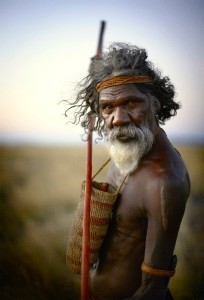 Ten pages (and fifteen years) later, Lady Jane Franklin, wife of Sir John Franklin, the former Governor of Van Dieman’s Land, is in London, trying to raise money for new Arctic expeditions to discover the fate of her explorer husband, his ships, and their crews, now lost for nine years. One of her exhibits is the skull of King Romeo, which she displays to phrenologists, who have concluded that the King was a savage, enslaved by his passions. Ironies abound. Lady Franklin is frantic to find an influential ally who can help her quell the rumor that Sir John Franklin and his crew became so desperate during their final days in the Arctic that they engaged in cannibalism and other “savage” behavior.
Ten pages (and fifteen years) later, Lady Jane Franklin, wife of Sir John Franklin, the former Governor of Van Dieman’s Land, is in London, trying to raise money for new Arctic expeditions to discover the fate of her explorer husband, his ships, and their crews, now lost for nine years. One of her exhibits is the skull of King Romeo, which she displays to phrenologists, who have concluded that the King was a savage, enslaved by his passions. Ironies abound. Lady Franklin is frantic to find an influential ally who can help her quell the rumor that Sir John Franklin and his crew became so desperate during their final days in the Arctic that they engaged in cannibalism and other “savage” behavior.
As the action moves back and forth between Van Dieman’s Land and London and from 1839 through the 1840s and 1850s, Flanagan gives depth to the bleak picture of colonial life, creating an emotionally wrenching portrait of Mathinna, orphaned child of King Romeo, as she is wrested from her exiled countrymen on Flinders Island and brought into the home of the ambitious Lady Jane Franklin.
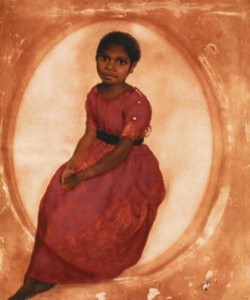
Portrait of Mathinna by Thomas Boch
Determined to prove that this “savage “can be civilized, Lady Jane forces the child to imitate a proper British young lady in her education, dress, and demeanor, allowing her no connections to her past but providing nothing of value in its place. Sir John, believing that this experiment is doomed to failure from the start, is more committed to using force than persuasion.
While he is developing the characters of Mathinna, Lady Jane, and Sir John Franklin, Flanagan also develops the character of Charles Dickens in parallel scenes. Frustrated in his relationship with his cold wife and overwhelmed by his responsibilities to her and their ten children, he believes that “we all have appetites and desire,” but that “only the savage agrees to sate them,” a statement which proves, eventually, to be very ironic.
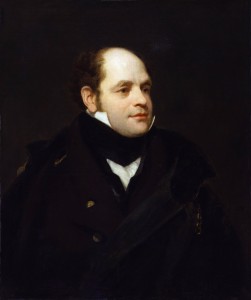
Sir John Franklin by Thomas Phillips
The constantly changing time periods and revolving settings are sometimes challenging to follow, and the connections among the various plot lines are a bit tenuous (and may be historically inaccurate), but Flanagan creates lively characters who reflect their cultures and their hypocrisies. Numerous parallels and ironies between the “civilized” British characters and the “savages” show the arrogance of power, while Flanagan’s vivid descriptions of the characters’ surroundings add to the sense of immediacy and bring the often brutal action to life. Life in Van Dieman’s Land is ugly—pitiless—grinding down the characters (and the reader). Three years after the departure of the Franklins, life for all the people they have left behind in Tasmania is worse than it was before their arrival. An unusual novel which shows the damaging effects of empire-building, on both the conquered and on the arrogant “conquerors,” Wanting makes the reader understand why the surviving aborigines ultimately believe “the world was not run by God but by the Devil.”
Also by Richard Flanagan: GOULD’S BOOK OF FISH and THE NARROW ROAD TO THE DEEP NORTH
Photos, in order: The photo of Richard Flanagan by Colin MacDougall appears on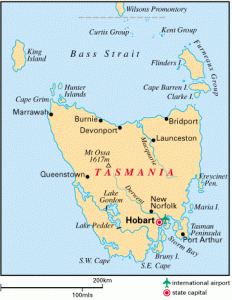 http://www.nytimes.com
http://www.nytimes.com
The portrait of aborigine King George, from the 2009 film AUSTRALIA, may resemble that of King Romeo in WANTING. http://www.suite101.comaustralia-a91509
The portrait of Mathinna by Thomas Boch is from http://www.utas.edu.au
The portrait of Sir John Franklin appears here: http://thefranklinhotel.blogspot.com
The map of Tasmania, with Flinders Island in the northeast corner, appears on http://www.elec-intro.com/accomodation-tas

